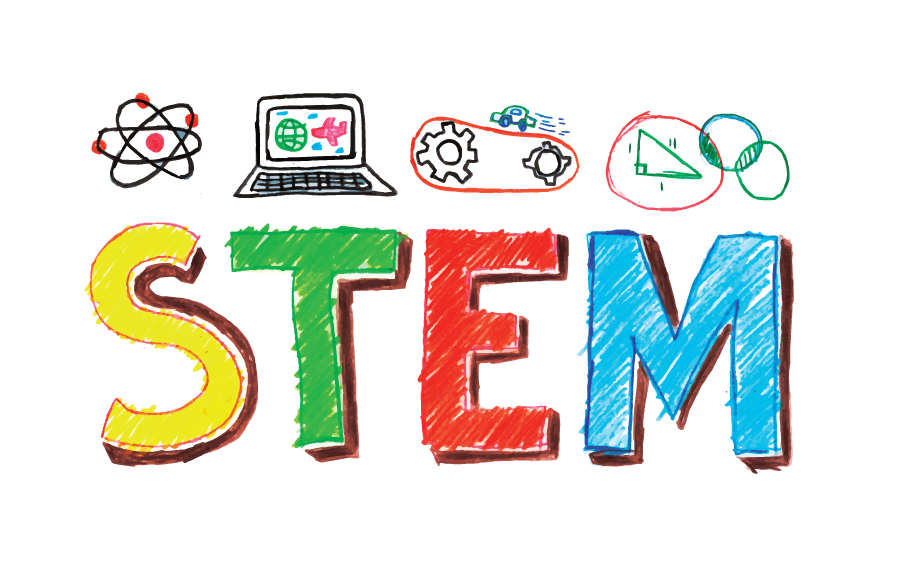

Informal learning environments can support student STEM knowledge and skills (e.g., Denson et al. ( 2016), the educational deficit in STEM areas has led to a workforce gap in many STEM professions. In response to President Barack Obama’s Call to Action (The President’s Council of Advisors on Science and Technology (PCAST 2010), states, school districts, and individual schools, as well as researchers in the United States (U.S.) have increased their focus on improving students’ motivation and interest in STEM, particularly at the middle school level.

Researchers identify interest and motivation as important components in inspiring students to pursue STEM learning because it contributes to students’ learning and success in retaining STEM content (Bell et al. 2014) and have been shown to increase the chances a student will pursue a STEM career (Kitchen et al. Informal learning environments have been shown to increase students’ interest in STEM (e.g., Mohr-Schroeder et al. According to the National Research Council ( 2011), this priority must include broadening women’s and minorities’ participation in STEM and increasing STEM literacy for all students, regardless of whether they plan to pursue a STEM major or career. This two-fold issue necessitates STEM education in the U.S. In the United States, we currently face a shortage of science, technology, engineering, and mathematics (STEM) majors and graduates (National Science Board 2016 The Committee on STEM Education National Science and Technology Council 2013) while at the same time STEM occupations are expected to grow (Langdon et al. Students also acknowledged the access they received to hands-on activities in authentic STEM settings and the opportunities they received to interact with STEM professionals were important components of the summer informal learning experience. Conclusionsīy using authentic STEM workplaces, the STEM summer learning experience fostered a learning environment that extended and deepened STEM content learning while providing opportunity and access to content, settings, and materials that most middle level students otherwise would not have access to. The informal learning environment (a) provided context and purpose to formal learning, (b) provided students opportunity and access, and (c) extended STEM content learning and student engagement. As we used a situative lens to examine the research question of how participation in an informal learning environment influences students’ perceptions of STEM learning, three prominent themes emerged from the data. 9) and how those experiences influenced their STEM learning. Data were collected from reflection forms and interviews which were designed to explore students’ “lived experiences” (Van Manen 1990, p. Data came from students at the summer informal STEM learning experiences at three diverse institutions across the USA. We used a naturalistic inquiry, phenomenological approach to examine students’ perceptions of STEM while participating in a summer informal learning experience.

J STEM Educ: Innovations and Research 16: 11, 2015). Traditionally, formal learning is taught in a solitary form (Martin Science Education 88: S71–S82, 2004), while, informal learning is brimming with chances to connect and intermingle with peers (Denson et al. The academic and social experiences students’ have are also important. Students’ attitudes and perceptions toward STEM are affected by their motivation, experience, and self-efficacy (Brown et al. The purpose of this study was to examine the impact of an informal STEM summer learning experience on student participants, to gain in-depth perspectives about how they felt this experience prepared them for their in-school mathematics and science classes as well as how it influenced their perception of STEM learning.

School Sci Math 114: 291–301, 2014) and increase the chances a student will pursue a STEM career (Kitchen et al. Informal learning environments increase students’ interest in STEM (e.g., Mohr‐Schroeder et al.


 0 kommentar(er)
0 kommentar(er)
